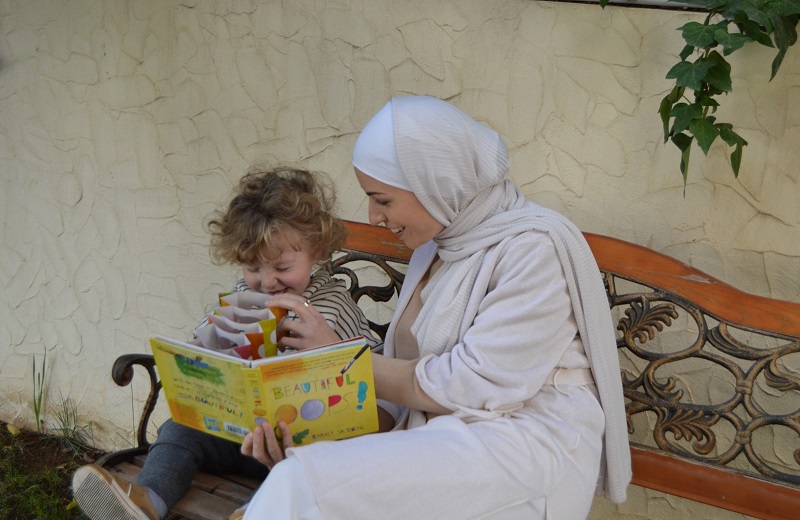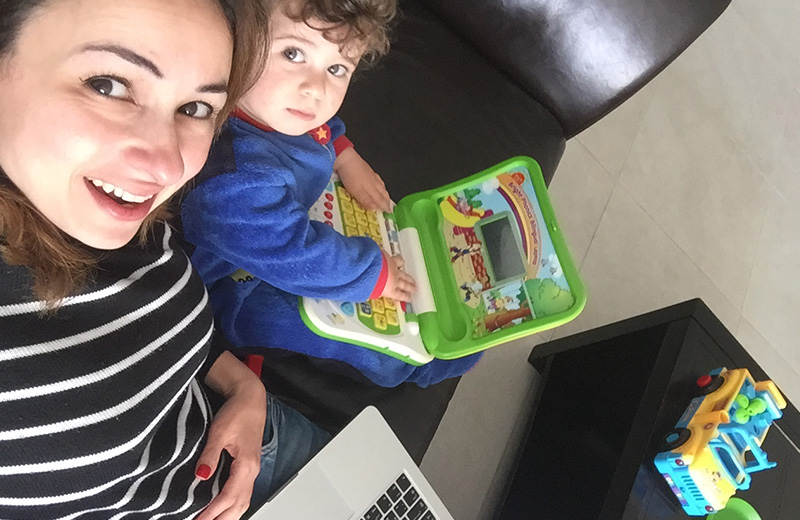Changing the number of naps: the transition period

You have just finished working out a daytime sleep schedule for your little one, only to realize that your kid is getting older now and it is time to change in that routine again!
This can be really frustrating, but it is important for you to know that sleep schedules and patterns in the first few years of a child’s life undergo continuous changes. From newborns taking 5 or more naps a day to toddlers taking one nap only. This change can become much easier by following the below guidelines!
When to expect a nap transition
There isn’t a fixed rule, only an indicative timeline that most babies and toddlers seem to follow as below:
-
1-3 months old:
average number of naps is 4 naps depending on the duration of the nap. the shorter the naps the more there will be. -
4-5 months old:
most babies take 3 naps a day. -
9-24 months old:
on average your baby will nap 2 times a day depending on the length of the nap. -
24 months - 4 years:
toddlers usually nap once a day. - Some toddlers skip the nap altogether as early as 30 months.
How do you know when a transition is due
The changes that occur from birth till 4 months of age are not significant, since the baby isn’t following a rhythmic schedule yet. At that age, the most important metric for good sleep is to observe the time the child wakes up
The transitions that have proved to be most frustrating to caregivers are the transition from 3 to 2 naps and from 2 naps to 1 nap.
Below are some helpful indications that a transition is due:
-
The refusal of the nap needs to be consistent.
i.e your loved one is refusing the nap for the past week in a row and not just randomly. -
The length of the nap is getting shorter and it is interfering with their night time sleep.
-
The time to go down for the nap is longer.
If your child is consistently taking longer than usual to sleep at nap times , this might be a clue that it is time for transition. -
It is important to remember that if a transition is due.
at least one of the signs above will become apparent and persistent, so wait before you go for the transition.
How to make these transitions smoother
For some babies and toddlers nap transitions go super smoothly and parents don’t need to worry about them. For other parents it might not be the case, so here are some tips:
-
For the transition from 3 to 2 naps:
-
You will need to eliminate the third nap.
-
Go for a super early bedtime for the first week.
-
The remaining two naps will become longer gradually so that you can gradually push bedtime (10-15 minutes each day) until back to normal schedule.
-
-
For the transition from 2 naps to 1 nap:
-
You will need to eliminate the morning nap.
-
The afternoon nap will have to take place 1-2 hours earlier than it is scheduled depending on the wake up time.
-
Go for a super early bedtime for the first week.
-
Gradually start pushing the Nap 10 minutes at a time until it is at around 1 -1:30 PM .
-
Once the nap is back on schedule you can gradually push bedtime (10-15 minutes each day) until back to normal schedule.
-
Wishing you good luck!!



















